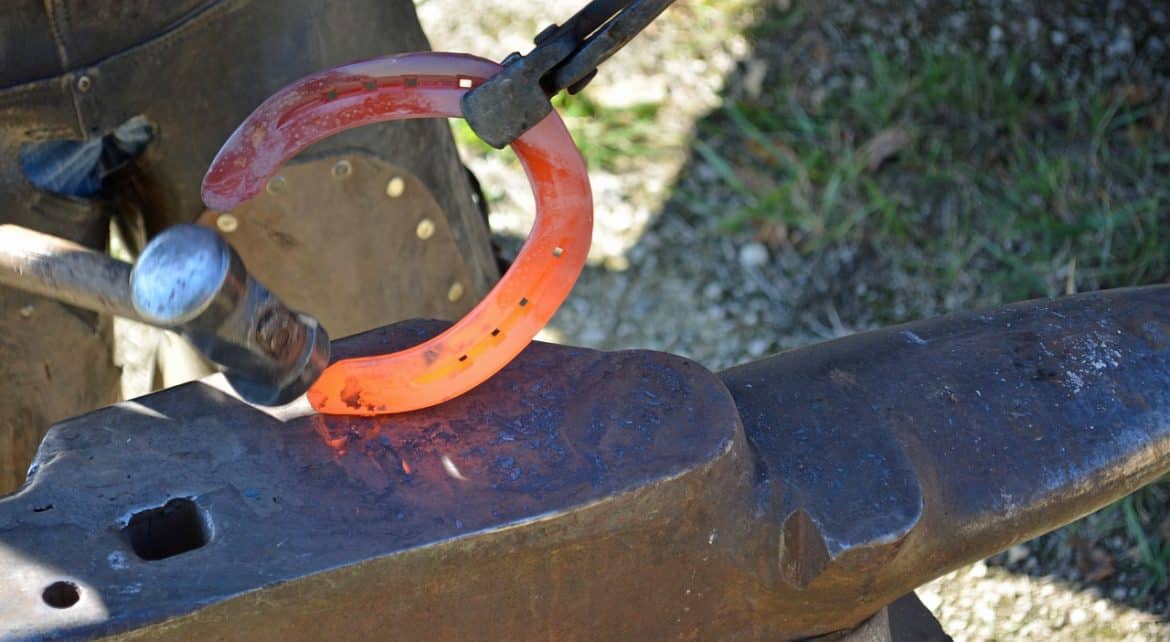Vacuum forming is something I have wanted to play with for some time. The storm trooper uniforms from star wars are vacuum formed. Many molds – especially for candy- are vacuum formed. What I want to be able to do is form holsters and project boxes to custom specifications. Because of this I had […]
Category: How To (How I Did)
You could call this a How To – but people often tell me I did it wrong – now to be fair you can’t really tell me I can’t do it that way, when the video shows I actually DID do it that way – so to cool down the hateraide – lets just call this HOW I DID
How to Build a Coffee Can Toilet Paper Dispenser
I don’t drink coffee, so this took me a while to get a plastic coffee container, but once I did I made a very quick Coffee Can Toilet Paper Hanger to take when we go visit the property. This is a pretty simple little DIY camping hack that makes life so much easier. Being […]
Blacksmithing Color Chart of Steel
This post is another article I made specifically to help me out more than to share information with you. I have a hard time remembering what colors of hot metal means, so I did some research and found several charts to explain. This one was the best for my purposes and came from stormthecastle.com, this […]
How to Test Soil Test For Clay Content
This post came from several places; Christina Ott and I talked about this on the podcast and I read about it in the Hand Sculpted House. I think Cob construction has some great benefits to preppers and homesteaders, but before you decide that cob is the material you will build with you really ought […]
How to Make an Emergency Duct Tape Keychain Roll
This common Duct Tape Keychain tip is well known among backpackers. If wrap some duct tape around a water bottle or lighter you will always have a couple feet readily available for quick repairs. I Went One Step Farther In the video below I show some wrapped around a small disposable lighter, but taking […]





